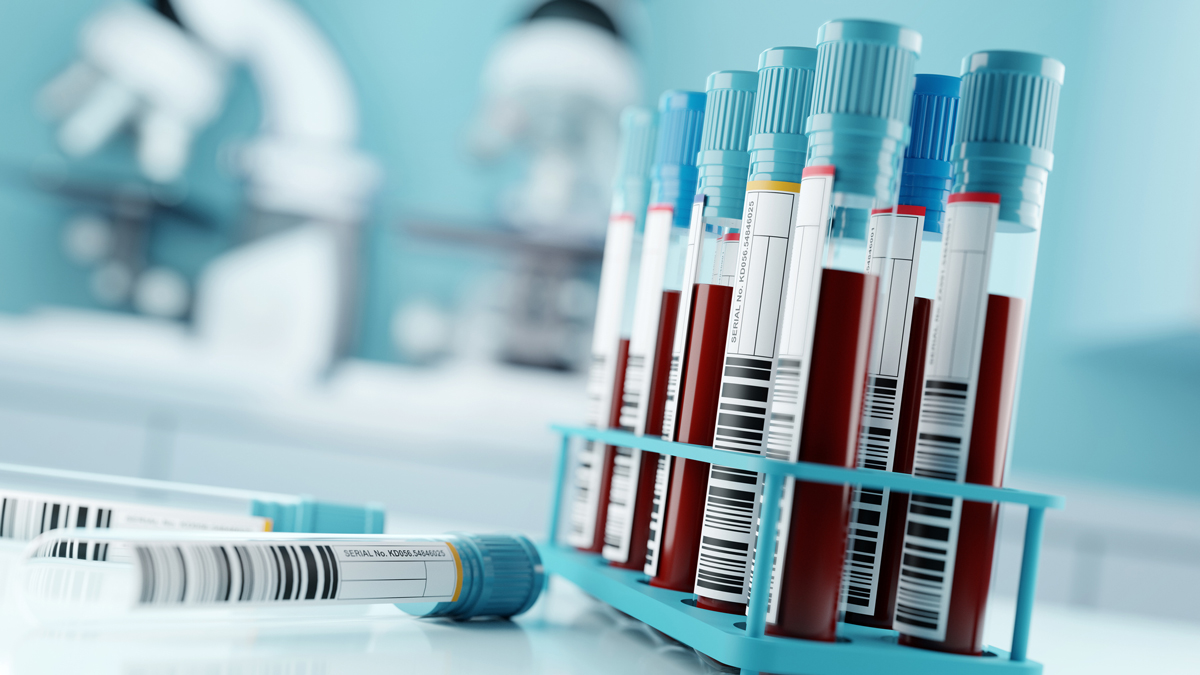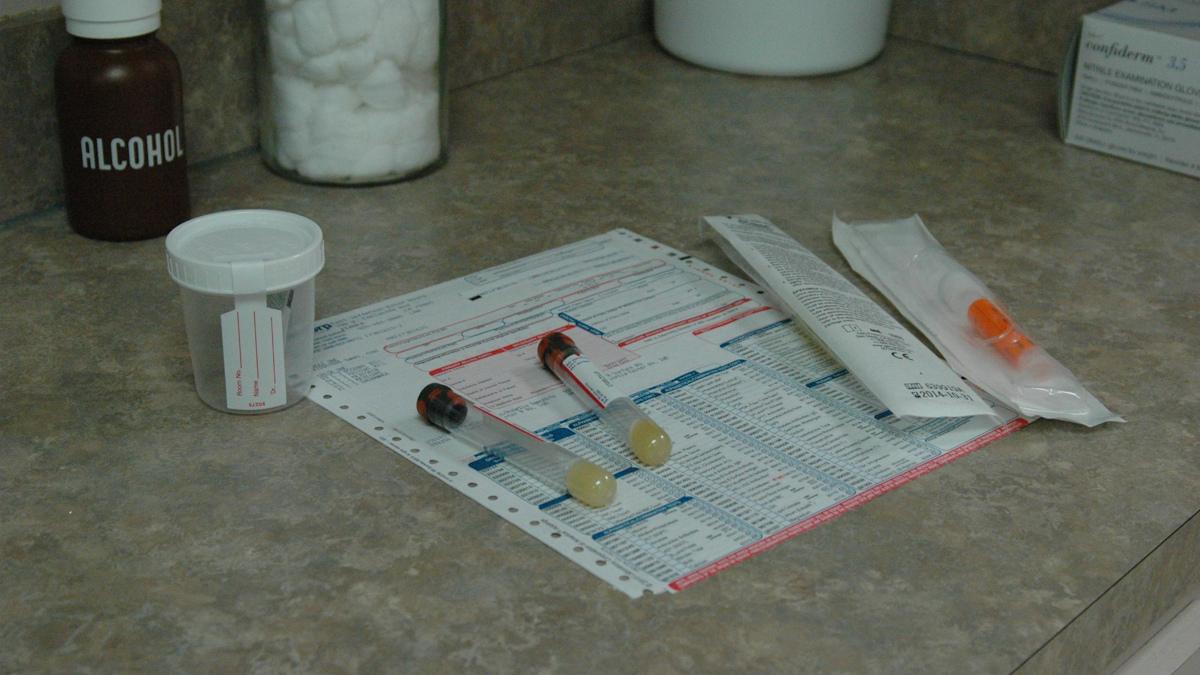UK patients very concerned about access to diagnostics

Almost two-thirds of patients in the UK would consider paying for diagnostics out of pocket if they face a long wait for free NHS testing, and almost all want to see more investment in capacity, according to a new survey.
The poll of 1,000 patients who had used NHS diagnostic services within the past six months was carried out by the Patients Association charity. It also found that people are seeking more transparency from healthcare providers on the time it will take to get access to testing, as well as higher levels of communication overall throughout the process.
All told, 90% of the people who participated in the survey said it should be easier to obtain access to the diagnostic tests they need, and 93% want investment in testing capacity over the coming years so that they can receive tests and diagnoses more quickly.
Around a third of respondents said their physician and/or mental health had declined while waiting for tests. Delays also negatively impacted work, family, and long-term recovery for many patients. It is estimated that around 1.6 million NHS patients are currently waiting for diagnostics.
“The desire for investment in testing capacity and technology was almost universal,” according to the report (PDF), which found some patients had already chosen to pay for their tests due to long waiting times.
“Patients should not feel they have no choice but to turn to private healthcare because the services they need are not available through the NHS,” said the Patients Association. “The stakes are high, with early diagnosis leading to quicker treatment, better outcomes, and reduced hospitalisation.”
77% of patients would be happy to test themselves at home to speed up diagnostic access, with one reported as saying: “Getting help in the first place is the biggest problem with the NHS. I think it’s a great idea to open up access to testing and, as we did with COVID, to make self-testing more available.”
Among the recommendations laid out in the report is that community diagnostic hubs should have their role expanded by widening the range of tests on offer and removing restrictions that mean they can only be created on existing NHS estates, helping more to be set up.
“By 2022 they had only increased testing capacity by 2%, with an ambition for this figure to reach 5% within two years,” said the Patients Association, which noted that demand for tests rises by as much as 7% each year.
It also recommends more opportunities for home testing, increased transparency on waiting times, political commitments to expand access to diagnostics, and greater efforts to ensure patients are notified when they “have reached a different stage of the diagnosis journey, and to flag when issues have occurred in the process.”












